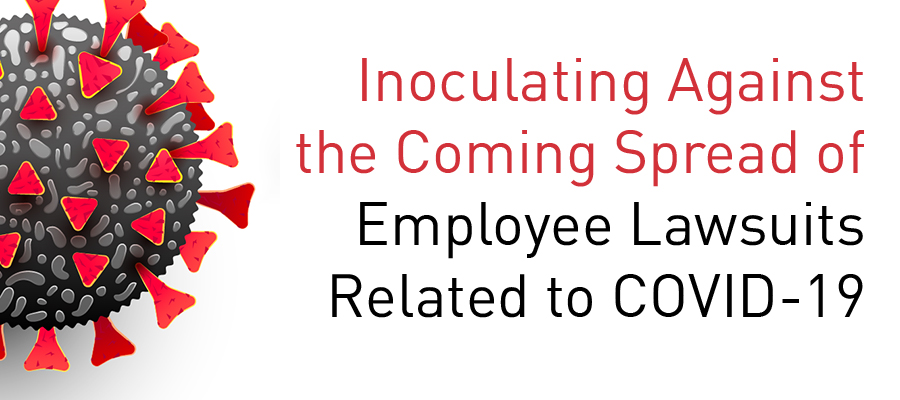The CDC’s Updated Guidance Expedites the Time In-Home COVID-19 Patients Can Return to Work
Published: July 30, 2020
The CDC has issued new guidance for in-home patients diagnosed with COVID-19, including lowering the number of days the patient must remain isolated after being fever-free. The CDC previously recommended that “at least 72 hours” pass since the last fever without the use of fever-reducing medication before ending self-isolation. Noting “accumulating evidence” and ongoing research into COVID-19 treatment, the CDC lowered the recommended isolation to “at least 24 hours.”
Researchers have further reported that people with mild to moderate COVID-19 symptoms remain infectious for no longer than 10 days after their symptoms begin, while those who are hospitalized with more severe symptoms and/or severely immunocompromised conditions can remain infectious no longer than 20 days after their symptoms begin.
Based on these and other findings (detailed more fully here), the CDC updated its recommendations for discontinuing home isolation. If an employee is diagnosed with COVID-19, or the doctor believes they have COVID-19, and the employee was directed by a doctor to care for themselves at home (or otherwise outside a hospital setting, e.g. in a hotel, dormitory or isolation facility), the new CDC guidance is that such persons may discontinue isolation under the following conditions:
- At least 10 days have passed since symptom onset, and
- At least 24 hours have passed since resolution of fever without the use of fever-reducing medications, and
- Other symptoms have improved.
As with most other CDC guidance, this change may be adopted by state and local health departments so it is wise to check with your local, county and state health departments for further direction.


